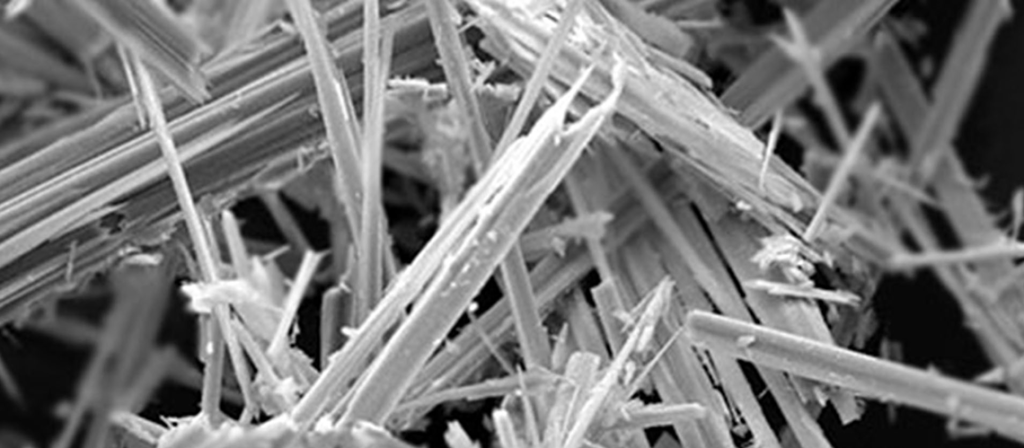
Asbestos Fibre
Asbestos Information – Does Artex contain asbestos?
ARTEX (Asbestos Reinforced Textured Coating) contains Chrysotile (White Asbestos).
Chrysotile is the most common form of asbestos and the only serpentine fibre.
Chrysotile is hazardous to human health, as it can cause cancer and other diseases.
Where was it used?
Artex on ceilings and walls was widespread throughout the 1970s and 1980s.
You can find Artex on plasterboard, plaster and lath or concrete ceilings.
Artex can be in all property types, from domestic houses to commercial properties.
For Asbestos Sampling Contact
Jane at HSG Surveys 07703 203930 – 01274 959994 or fill in the contact form.
Vinyl Floor Tiles.
Asbestos vinyl floor tiles are among the most common asbestos products detected in surveys. Chrysotile (White Asbestos) was added to the vinyl to give it more strength and durability. Typically used from 1950 to the mid-1980s
Bitumen Adhesive
Bitumen adhesive was the glue for the vinyl tiles over the same period, with Chrysotile content. Often the vinyl tiles will be negative for asbestos content, but the adhesive will contain asbestos.
Asbestos Cement What is it?
Cement reinforced with asbestos fibre, most commonly Chrysotile (white asbestos) but can also contain Crocidolite (blue asbestos).
Where Was Asbestos Cement Used?
Where would you find asbestos cement? Externally as roof, wall cladding and rainwater products and internally as flat sheets in ceilings and walls, lots of industrial buildings and domestic garages have asbestos cement roofs, walls and gutters.
Asbestos Insulation Board
Asbestos insulation board contains Amosite and Chrysotile ( Brown and White Asbestos) and has more asbestos fibre content than asbestos cement, commonly known as AIB.
Where Might I Find Asbestos Insulation Board?
Buildings built before the early 1980s and in all sectors, from offices, schools, industrial, commercial and domestic properties. Surveyors find AIB in ceilings, partitions, and column and beam cladding, to name but a few places. You also need an Asbestos License to remove AIB.
What is asbestos insulation?
Asbestos insulation comes in different forms and varies in looks.
Asbestos Insulation was used throughout the 1950s and 1960s in homes and commercial properties as pipe and boiler lagging and loft and floor cavity insulation..
Many properties from this era still contain asbestos insulation.
Asbestos insulation can contain 80% to 100% asbestos fibre.
Asbestos fibres have a cotton-like consistency, and the gaps between the fibres reduce the transfer of heat, giving it excellent thermal properties (resistant to heat)
Textiles
Chrysotile is the only asbestos fibre that can be spun and woven into textiles and cloths. Asbestos dramatically reduces the transfer of heat, giving it excellent thermal properties.
These two properties were ideal for making protective garments for firefighters, steel workers and any other trades that needed protection from heat; however, the manufacturers ignored the dangers of respiratory disease caused by asbestos fibre.
Surveyors still find asbestos textile fire barriers in ceiling voids and, more commonly, asbestos flash pads in fuse boxes.
For Asbestos Surveys Contact
Jane at HSG Surveys 07703 203930 – 01274 959994 or fill in the contact form.
